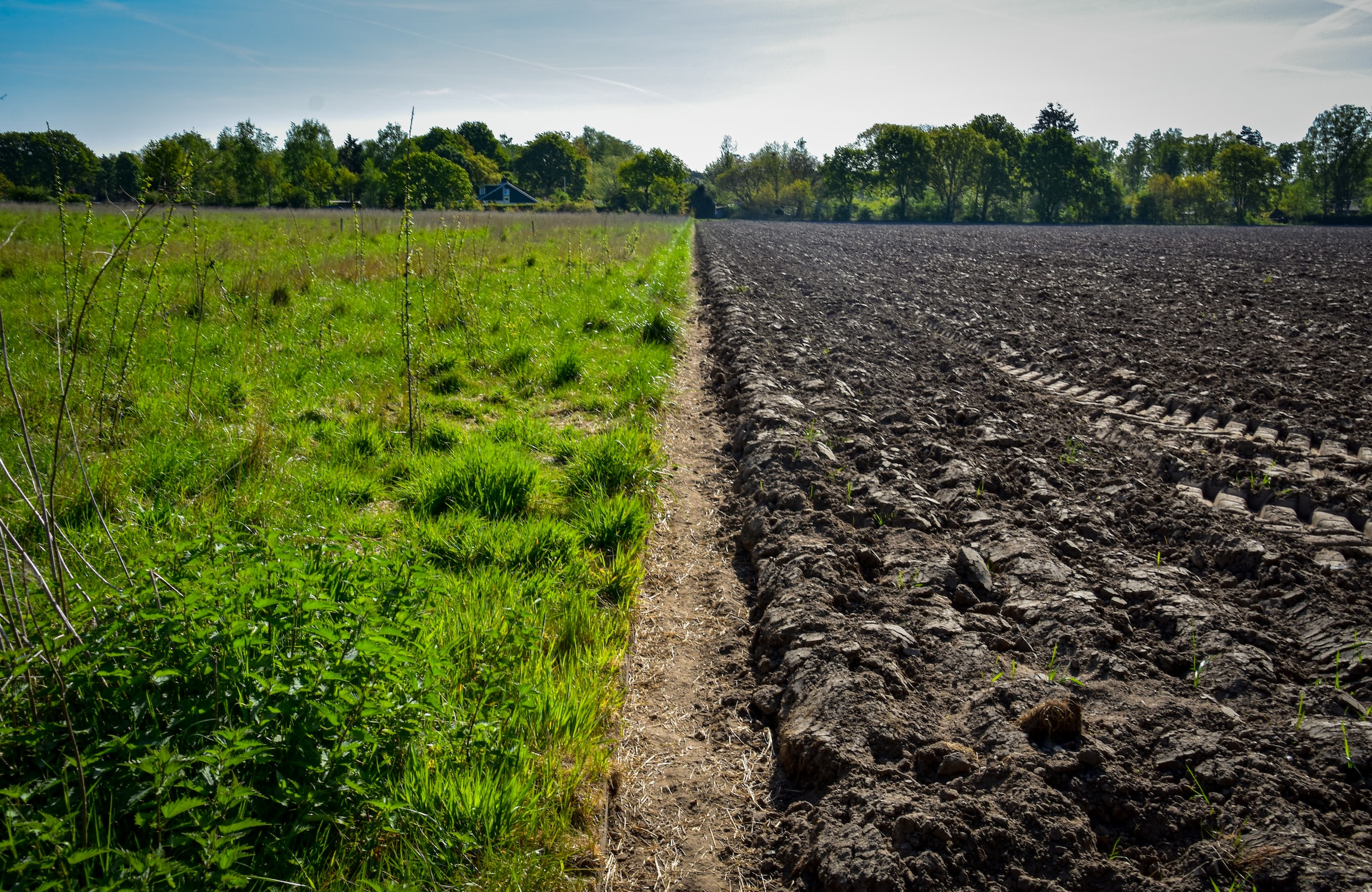


#Gardening and Agriculture #Permaculture #Regenerative Agriculture
Doug Fogelson
Amid the massive shifts happening on our planet, there are practical and hopeful movements that offer solutions to extend the longevity of ecosystems—and, by extension, the communities that depend on them.
One such approach is permaculture, an integrated, nature-based method for agriculture, land management, and community design. Grounded in “whole-systems thinking,” permaculture emphasizes sustainability and resilience. It is guided by three core ethics: Care for the Earth, Care for People, and Setting Limits to Population and Consumption. Permaculture solutions are always region-specific, drawing inspiration from local natural patterns. The goal is to design human use of the environment in a way that supports the health of ecosystems, organizing spaces in zones that help nature thrive.
Sustainable land and water management practices, such as restorative agriculture, composting, grazing, and forestry, also follow nature’s lead to promote a more harmonious balance between human activity and the environment. Farming that incorporates these principles, including restorative agriculture, stands in stark contrast to conventional farming practices that rely on synthetic fertilizers and pesticides, which often pollute waterways and harm ecosystems.
Regenerative agriculture focuses on building long-term soil health rather than prioritizing short-term crop yields. It aims to enhance biodiversity and uses rotating or mobile grazing systems that benefit both the land and the livestock. These principles can also be applied to marine environments, such as regenerating coastal habitats that support kelp, microalgae, and fish populations, contributing to healthier oceans and stronger marine ecosystems.
According to the Rodale institute, a worldwide transition to regenerative agriculture could sequester more than 100% of the CO2 currently emitted by people.